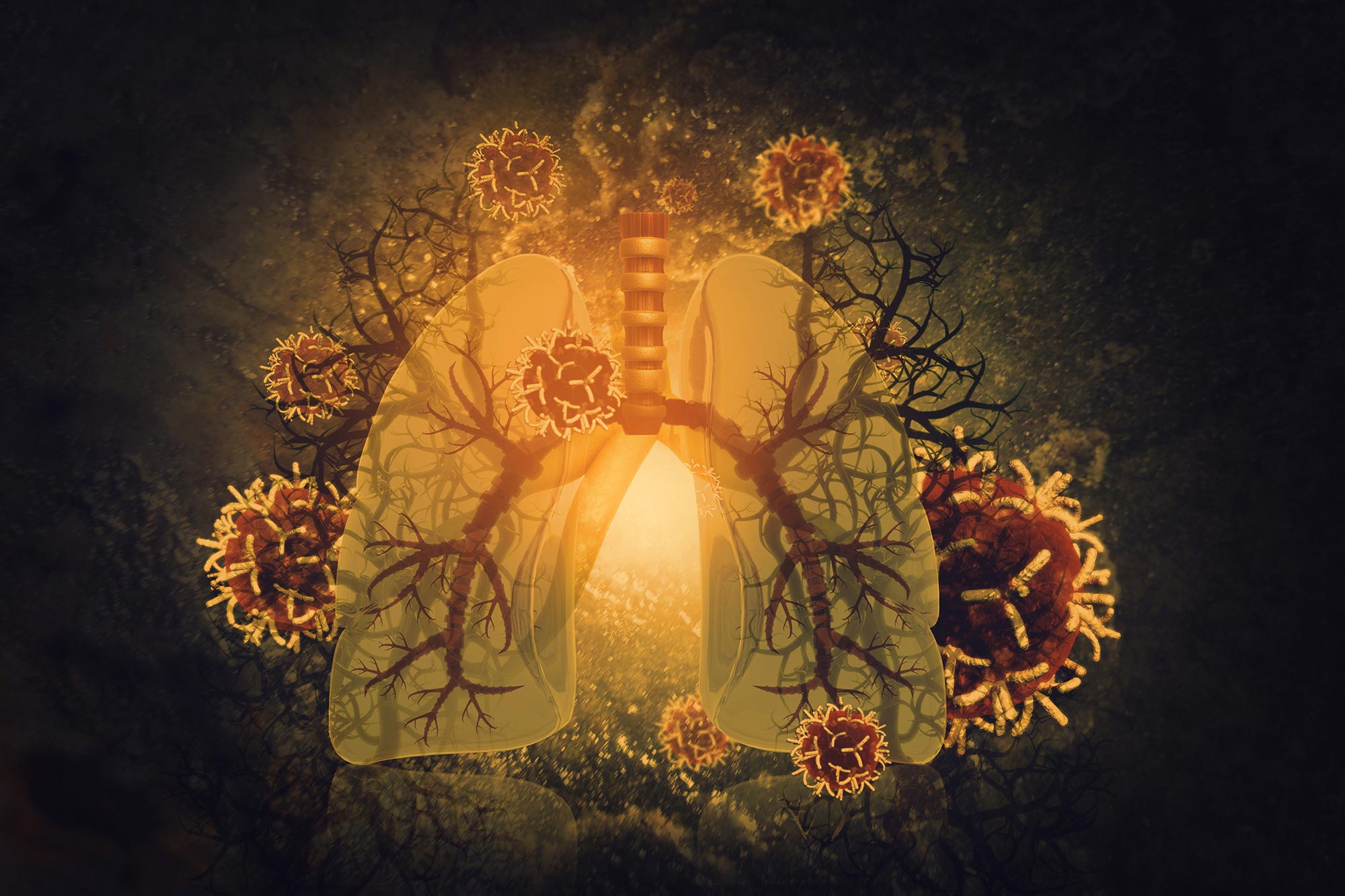
Department of Energy’s (DOE) Brookhaven National Laboratory have published the first detailed atomic-level model of the SARS-CoV-2 “envelope” protein bound to a human protein essential for maintaining the lining of the lungs.
The model showing how the two proteins interact, just published in the journal Nature Communications, helps explain how the virus could cause extensive lung damage and escape the lungs to infect other organs in especially vulnerable COVID-19 patients.
“By obtaining atomic-level details of the protein interactions we can explain why the damage occurs, and search for inhibitors that can specifically block these interactions,” said study lead author Qun Liu, a structural biologist at Brookhaven Lab.New structure shows how the COVID-19 virus envelope protein (E, magenta sticks) interacts with a human cell-junction protein (PALS1, surfaces colored in blue, green, and orange).“LBMS and NSLS-II offer complementary protein-imaging techniques and both are playing important roles in deciphering the details of proteins involved in COVID-19.
Liguo Wang, scientific operations director of LBMS and another coauthor on the paper, explained that “cryo-electron microscopy (cryo-EM) is particularly useful for studying membrane proteins and dynamic protein complexes, which can be difficult to crystallize for protein crystallography, another common technique for studying protein structures.The SARS-CoV-2 envelope protein (E), which is found on the virus’s outer membrane alongside the now-infamous coronavirus spike protein, helps to assemble new virus particles inside infected cells.Studies published early in the COVID-19 pandemic showed that it also plays a crucial role in hijacking human proteins to facilitate virus release and transmission.
Scientists hypothesize that it does this by binding to human cell-junction proteins, pulling them away from their usual job of keeping the junctions between lung cells tightly sealed.
“That interaction can be good for the virus, and very bad for humans — especially elderly COVID-19 patients and those with pre-existing medical conditions,” Liu said.A closeup of the COVID-19 virus envelope protein (magenta) and its interaction with specific amino acids that form a hydrophobic pocket on PALS1 (blue, green, and orange).And this could become a vicious cycle: More viruses making more E proteins and more cell-junction proteins being pulled out, causing more damage, more transmission, and more viruses again.
“That’s why we wanted to study this interaction — to understand the atomic-level details of how E interacts with one of these human proteins to learn how to interrupt the interactions and reduce or block these severe effects,” Liu said.The scientists obtained atomic-level details of the interaction between E and a human lung-cell-junction protein called PALS1 by mixing the two proteins together, freezing the sample rapidly, and then studying the frozen sample with the cryo-EM.Deciphering the structure of the COVID-19 virus E protein bound to human PALS1: Starting with a motion-corrected cryo-EM micrograph of grainy nanometer-scale specks (a), image-processing and two-dimensional averaging produced low-resolution projections of the bound proteins from different orientations (b).This map provides enough detail to fit the amino acid building blocks of the two proteins into a final structure of the complex (d), where different parts of PALS1 are shown in blue, green, and orange and the viral E protein is magenta.
“We can see how the chain of amino acids that makes up the PALS1 protein folds to form three structural components, or domains, and how the much smaller chain of amino acids that makes up the E protein fits in a hydrophobic pocket between two of those domains,” Liu said.The model provides both the structural details and an understanding of the intermolecular forces that allow E proteins deep within an infected cell to wrench PALS1 from its place at the cell’s outer boundary.“When the virus protein pulls PALS1 out of the cell junction, it could help the virus spread more easily.